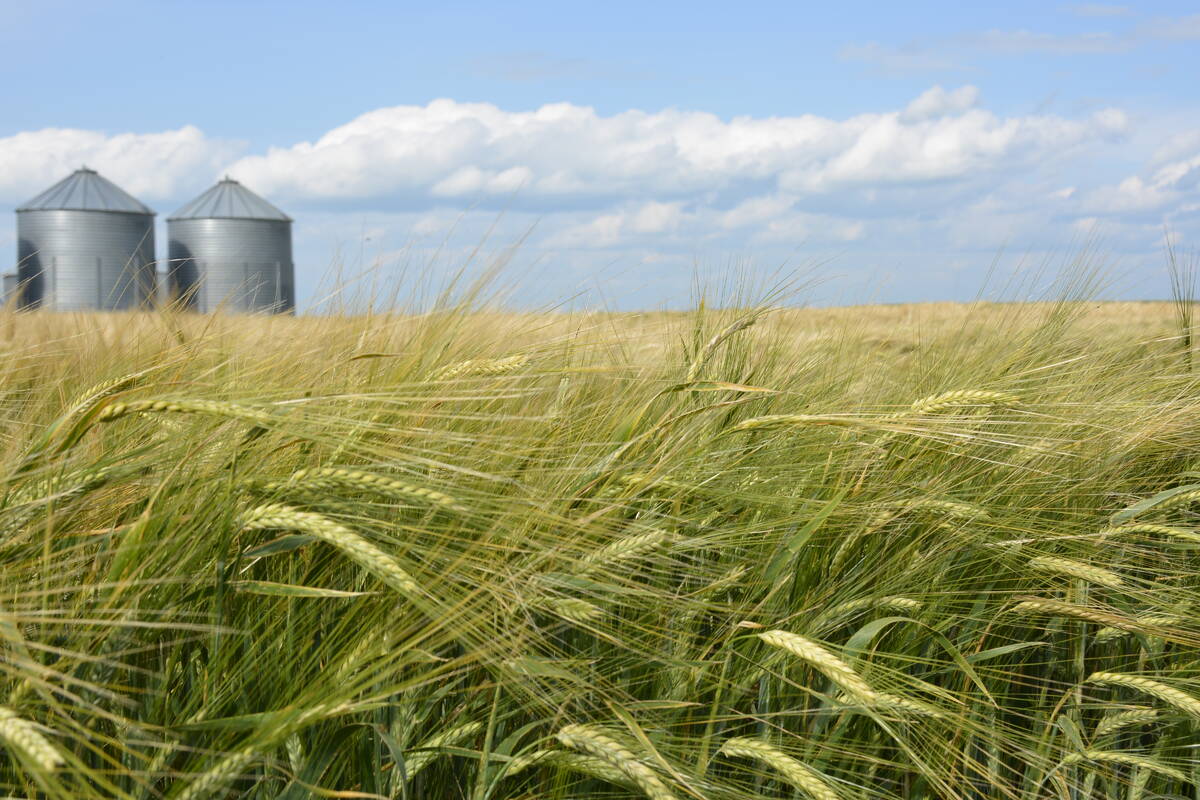DES MOINES, Iowa — Researchers and pig genetic developers are running up against a biological wall in their attempts to keep increasing litter sizes.
A sow’s uterus can house only so many piglets and its system supply only so much nutrition before piglet size and survivability are dangerously imperiled.
“We’re just kind of running out of room,” Dan McManus, a young pig nutrition specialist with Purina, told the Feeding For 30 session at the recent World Pork Expo in Des Moines.
“The more pigs we try to cram into this little box, it’s kind of a fishbowl effect. We just don’t have enough room.”
Read Also

StatCan stands by its model-based crop forecast
Statistics Canada’s model-based production estimates are under scrutiny, but agency says it is confident in the results.
Hog specialists and farmers at the session said piglet weights start to drop and their survivability falls with extremely large litters unless the sow is in peak condition and receiving excellent care and nutrition.
Small litters tend to produce big piglets and large litters tend to produce smaller piglets.
Smaller piglet sizes are OK as long as the piglets are healthy enough to survive and thrive after birth. However, the advantages of large litter sizes are lost if newborn mortality is high. As well, the economics of the entire herd is damaged if the piglets never grow well.
McManus said breeding companies now seem to be focusing on how to increase the capacity of the sow’s uterus before trying to further increase the number of pigs in a litter.
However, farmers can also increase their ability to produce big litters of healthy piglets by ruthlessly culling old sows.
“What you saw (in one study) was a lot of small, really small pigs and very few big pigs,” said Derald Holtkamp of the Iowa State University’s veterinary school.
“Those small pigs from those big litters, (which) probably came from older parity sows, had almost zero chance of making it.”
McManus said older sows shouldn’t be expected to be as capable of producing good litters as younger sows.
“You really want to focus on the most productive animals in the herd. Get rid of the older females,” he said.
“You’ve got that sow that’s gone through eight or nine litters (and) she’s got damage to her uterus.”

















